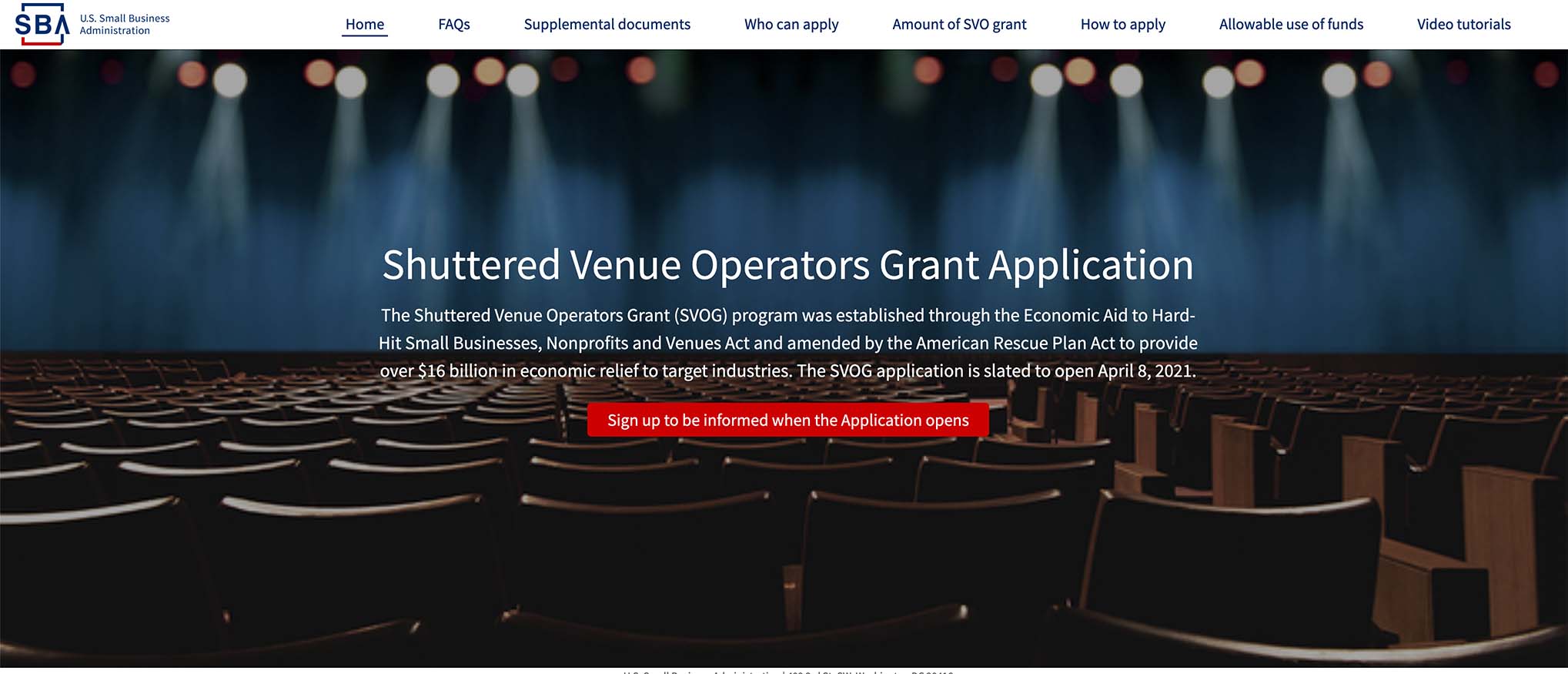Vox Recode provided some interesting insights into factors which will exist as people increasingly work from home. Some of the issues I had already anticipated like a move to a less permanent, more freelance/contract worker environment, and difficulties that may crop up if your supervisor and you live in different time zones but they expect responses aligned to their 9-5 schedule.
There were some surprises for me like the finding that older workers were more open to telecommuting than younger workers whom I assumed would be more comfortable with a digital existence. But apparently it isn’t degree of comfort with technology that was the defining factor:
Employees over the age of 40 were more likely to say they would prefer to continue working remotely, while employees younger than 40 were more likely to want to return to the office, according to one study of teleworkers done by Bucknell University. Young people felt they were missing out on the mentorship and soft skills they would have received working alongside older colleagues in the office, who can help them advance their careers.
“They are impatient to be successful,” Eddy Ng, a professor at Bucknell University and one of the report’s authors, told Recode. “They now know the value of social capital and the need to interact with others.”
The fact that older workers are likely to have living spaces large enough to accommodate office spaces and that are not intruded upon by roommates and younger children were also mentioned as possibly contributing to this finding.
There was also a racial divide and the theories supporting it bear considering if you are planning to do better on diversity and/or letting people work from home:
Nearly all Black knowledge workers currently working from home, some 97 percent, want a hybrid or fully remote work model, compared with 79 percent of their white counterparts, according to data from Slack’s Future Forum survey. The report posited a number of reasons, including remote work reducing the need for “code switching,” or making oneself and one’s speech fit the norms of a majority white office. Being outside the office also reduced instances of microaggressions and discrimination and improved Black employees’ ability to recover from those incidents. With remote work, Black knowledge workers reported a greater sense of belonging, a greater ability to manage work stress, and greater work-life balance than their white colleagues.
The Vox article suggests that productivity will gradually become less focused on the quantitative measures that have persisted since factory assembly lines and more aligned toward quality of work and interactions. However, they caution that using productivity as a measure of an employees worth, regardless of whether it is based on quantity or quality should not be the bottom line.
One of the things they caution against is a situation arts organizations have been urged to move away from –siloing. If you aren’t going into a shared workspace every day you aren’t interacting with everyone that works for your company, only a core group with whom you need to perform your tasks. As a result, there isn’t the sharing of ideas that lead to innovation; creating of empathy for needs of others, (you’re more likely to make things easier for Carol in accounting if you see how hard she works); or the creation of a general organizational culture.
At the same time, the article says that seeing people in their home environments rather than their office cubicle has helped to humanize them.
You don’t come out of seeing your coworkers — and their living rooms and their babies and their pets — in the middle of a global pandemic without getting a little closer to them. And such closeness makes people happier and better at work.
The pandemic did a good job of humanizing people, not only because we saw more of their interior lives but because we worked with them while going through something immense.
[…]
Indeed, one in six people reported crying with a coworker this year, according to Microsoft’s study, and nearly one in three say they are more likely to be their authentic selves at work than last year. About 40 percent said they were less embarrassed when their home life showed up at work compared to how things used to be. All of these interactions correlate with a better sense of well-being, higher productivity, and more positive perceptions of work, according to the study.
Hopefully that isn’t all just the stress of the pandemic and people will continue to feel a closer connection with each other.




Thanks for what you are doing to bring cultural change to the arts. It is so important to represent everyone.…